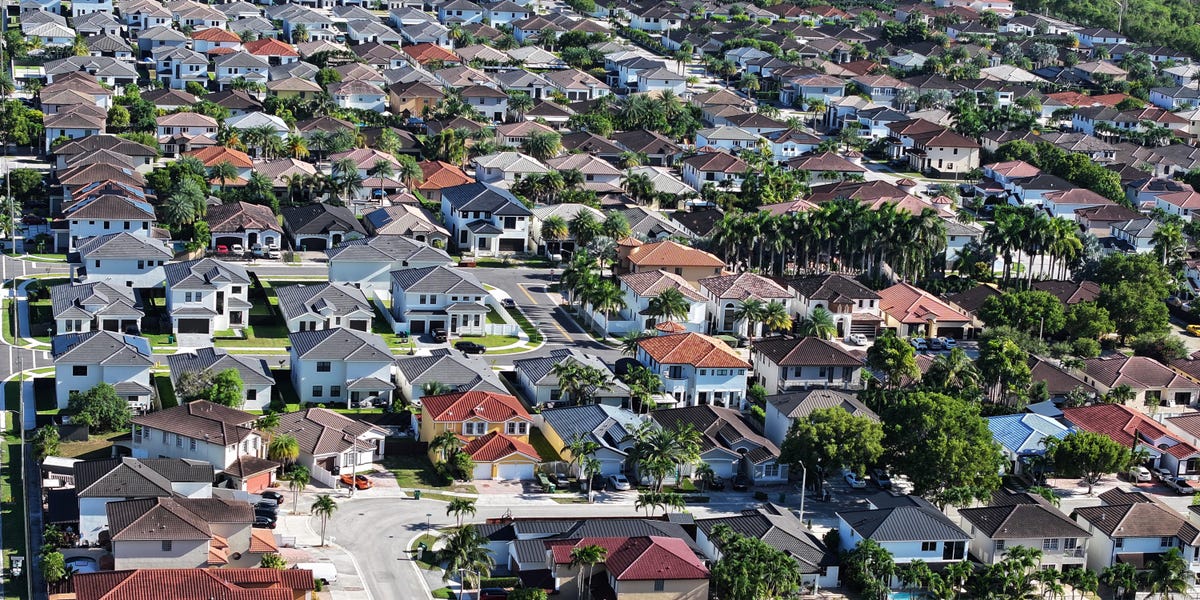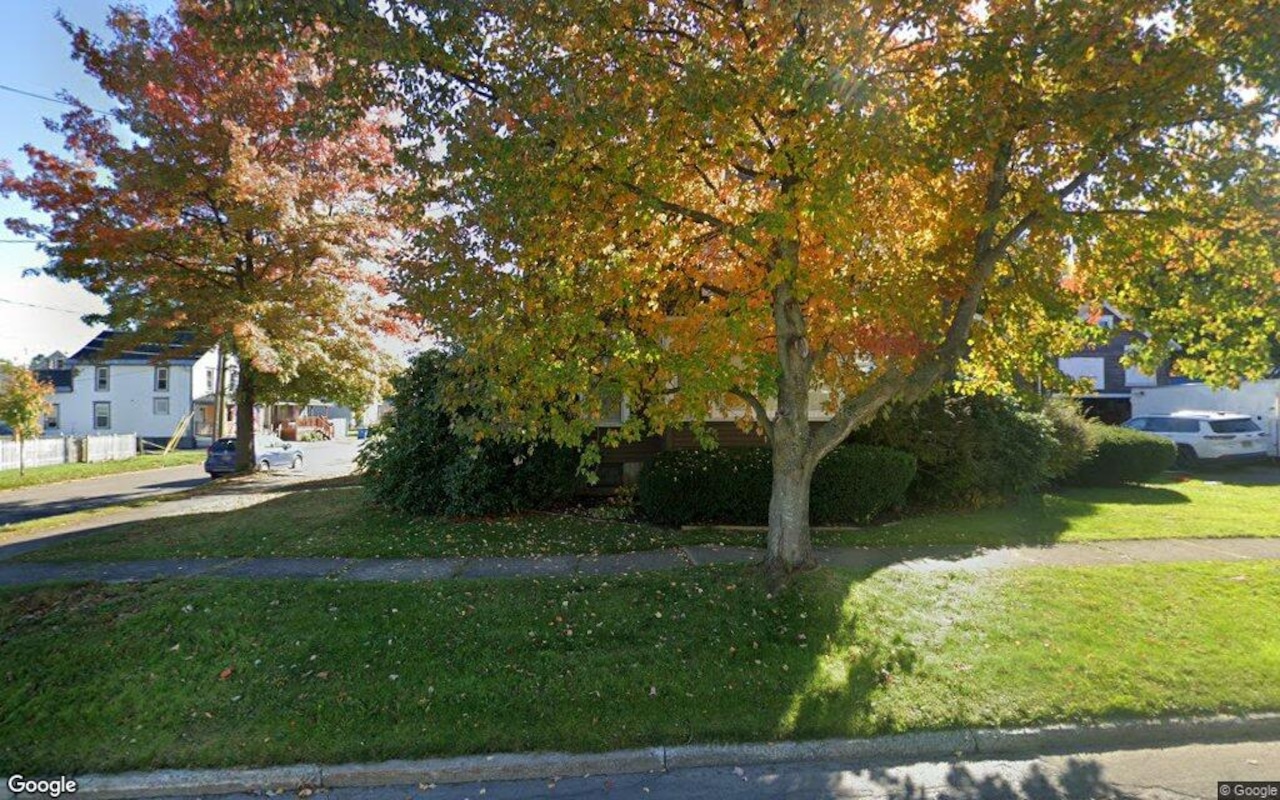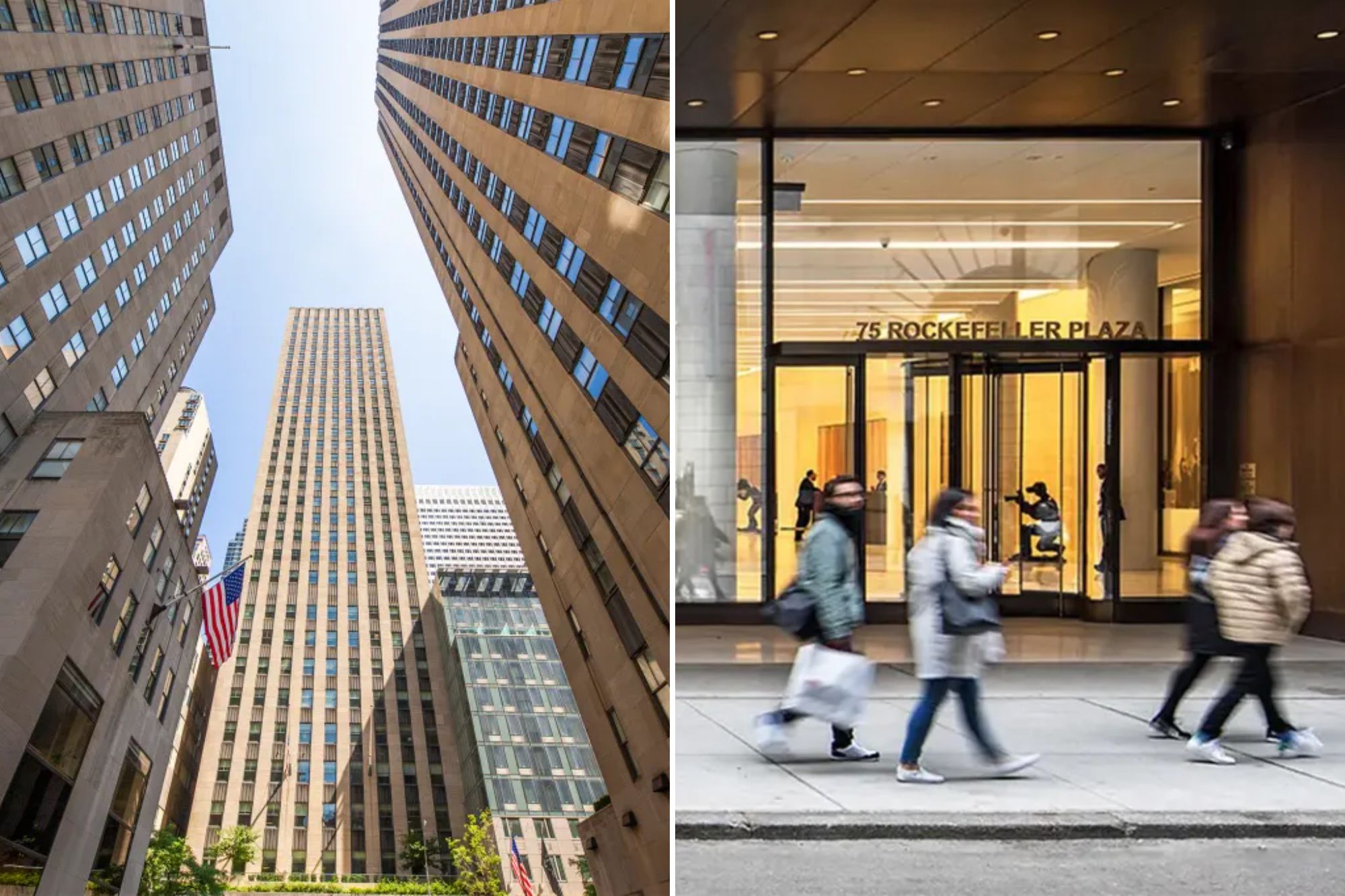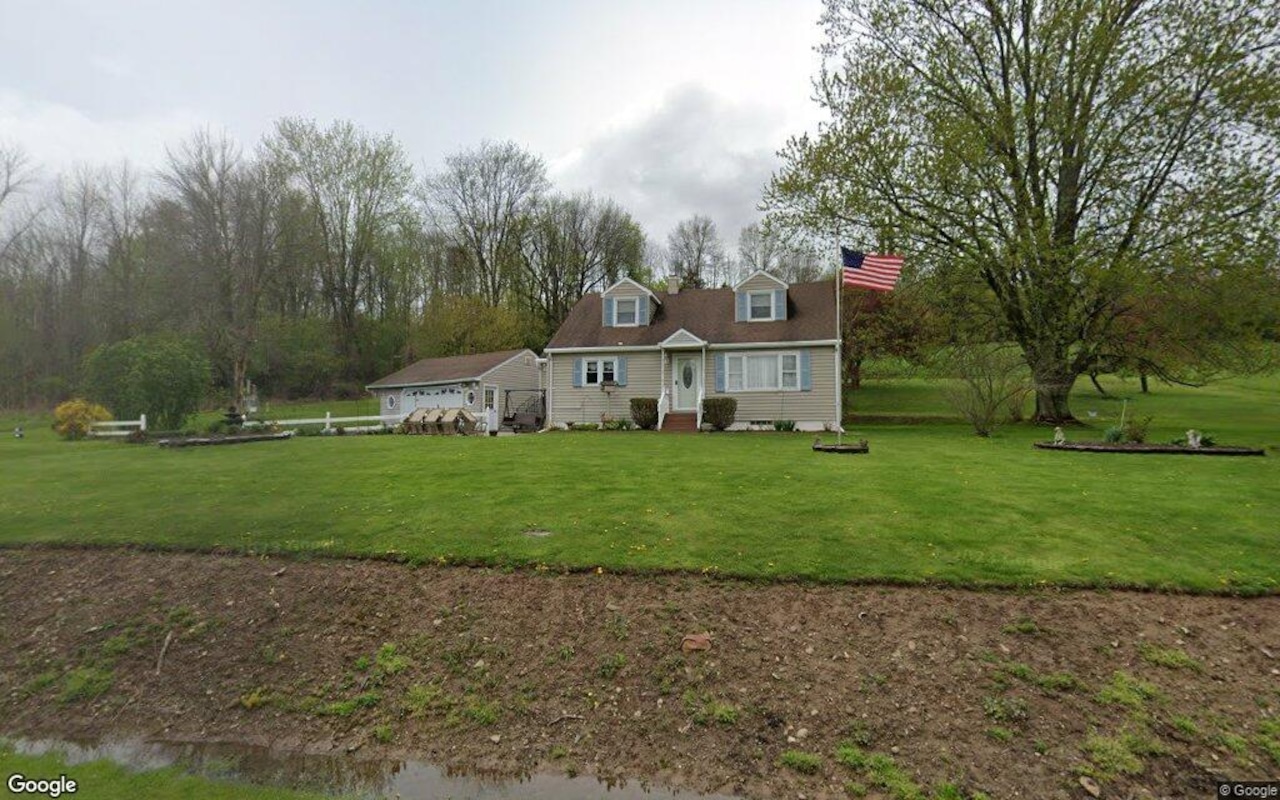A
lternative mortgage options proposed by the Trump administration—50‑year loans, assumable and portable mortgages, builder rate buydowns, and seller financing—offer lower monthly payments but carry significant risks and may worsen housing affordability.
**50‑Year Mortgages**
President Trump and FHFA head Bill Pulte have floated 50‑year loans to make monthly payments more affordable. A 30‑year fixed loan at 6 % on a typical home costs about $2,000 per month; the same terms over 50 years drop the payment to roughly $1,800. However, the borrower would pay about $750,000 in interest versus $400,000 on a 30‑year term, nearly doubling the total cost. Lenders view longer terms as riskier and may charge higher rates. Equity builds more slowly, delaying wealth creation. If the federal government backs such loans, increased demand could push prices higher. Economists argue that financing changes cannot fix the core problem: a shortage of 1–5 million homes.
**Assumable and Portable Mortgages**
FHFA is “evaluating” assumable and portable mortgages. Assumable loans let buyers take over a seller’s existing loan, often at a below‑market rate, saving on interest and closing costs. About 25 % of U.S. mortgages are assumable; roughly half have rates of 4 % or lower. Buyers must qualify for the loan and cover the difference between the sale price and the remaining balance, which can require a second mortgage. Portable mortgages—currently nonexistent in the U.S.—would allow a homeowner to transfer their low‑rate loan to a new property. Critics warn that portable loans could give repeat buyers an advantage over first‑time buyers and further inflate prices.
**Builder Rate Buydowns**
New‑construction buyers increasingly receive below‑market rates through builder‑backed buydowns or adjustable‑rate mortgages. This strategy reduces monthly payments while keeping the listed price unchanged. A recent study found that homes from large builders saw first‑sale price increases 6 % higher than existing homes between 2019 and 2024, suggesting that buydowns may be inflating prices. Adjustable‑rate offers can also expose buyers to future rate hikes.
**Seller Financing**
Seller financing eliminates the bank, with the seller holding the deed while the buyer makes installment payments plus interest. It appeals to buyers who cannot qualify for traditional mortgages or who seek lower rates. The practice is rare—about 1 % of listings mention private financing—but has grown in higher‑end markets. Sellers benefit from interest income and can sell properties that might otherwise sit unsold. Buyers, however, face the risk that if rates rise, their payments could become unsustainable once they refinance or sell. Historically used in low‑income neighborhoods, the model has been criticized for exploiting vulnerable buyers, though it is now more common in upscale homes.
**Overall Impact**
While these creative financing tools can lower upfront costs, they also introduce higher long‑term interest burdens, slower equity accumulation, and potential price inflation. They do not address the underlying supply shortage that drives affordability issues. Policymakers and industry stakeholders must weigh the short‑term relief against the long‑term market consequences.














